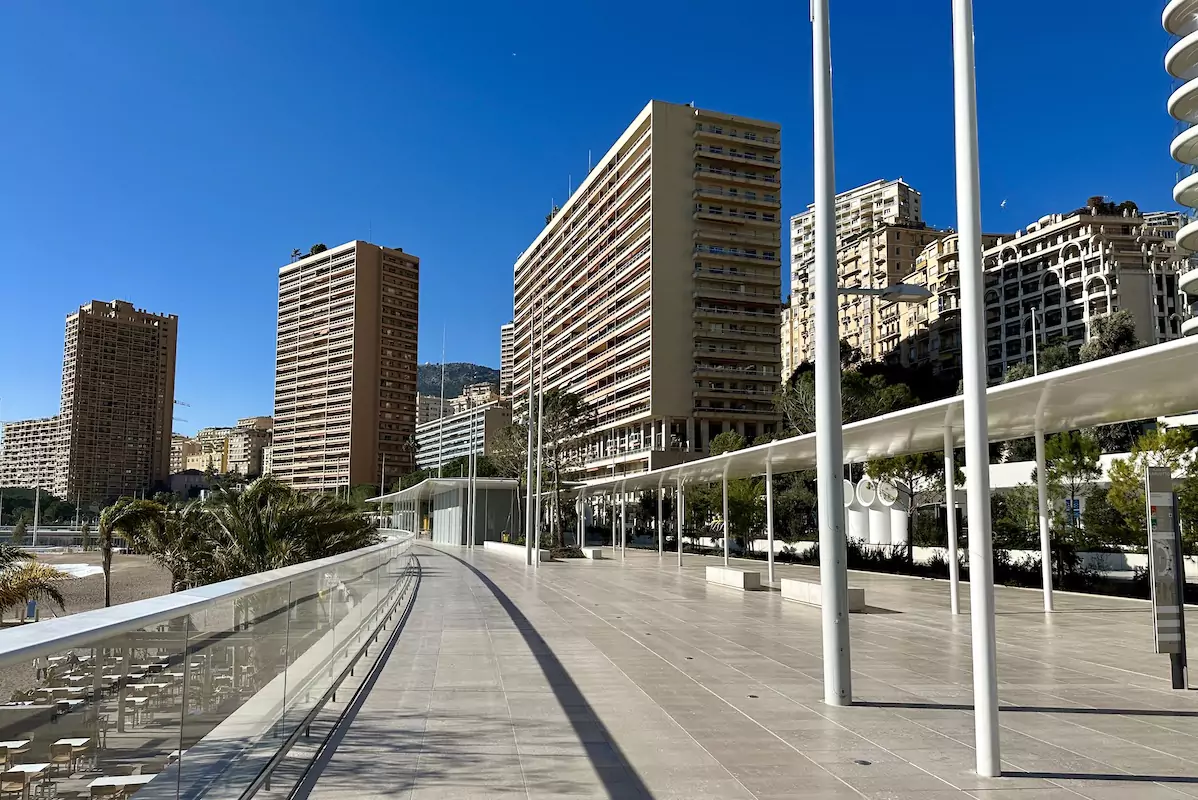With Monaco’s newest district Mareterra to be delivered within the year, Monaco Life explores the history of land reclamation in a nation with an ever-changing landscape.
Monaco is the second smallest sovereign state in the world, and is the most densely populated, meaning that space will always be at a premium.
But the Principality, despite its diminutive size, is a creative, innovative and inventive place that doesn’t let itself be held back and has been toying with the concept of land reclamation as far back at the 1880s.
See more: The mighty Mareterra to become a reality sooner than expected
Over the years, Monaco has gone to extraordinary lengths to ensure that there was enough room to accommodate all who wanted to live within its borders, but it wasn’t until the 20th century, and the rule of Prince Rainier III, that this approach really took hold.
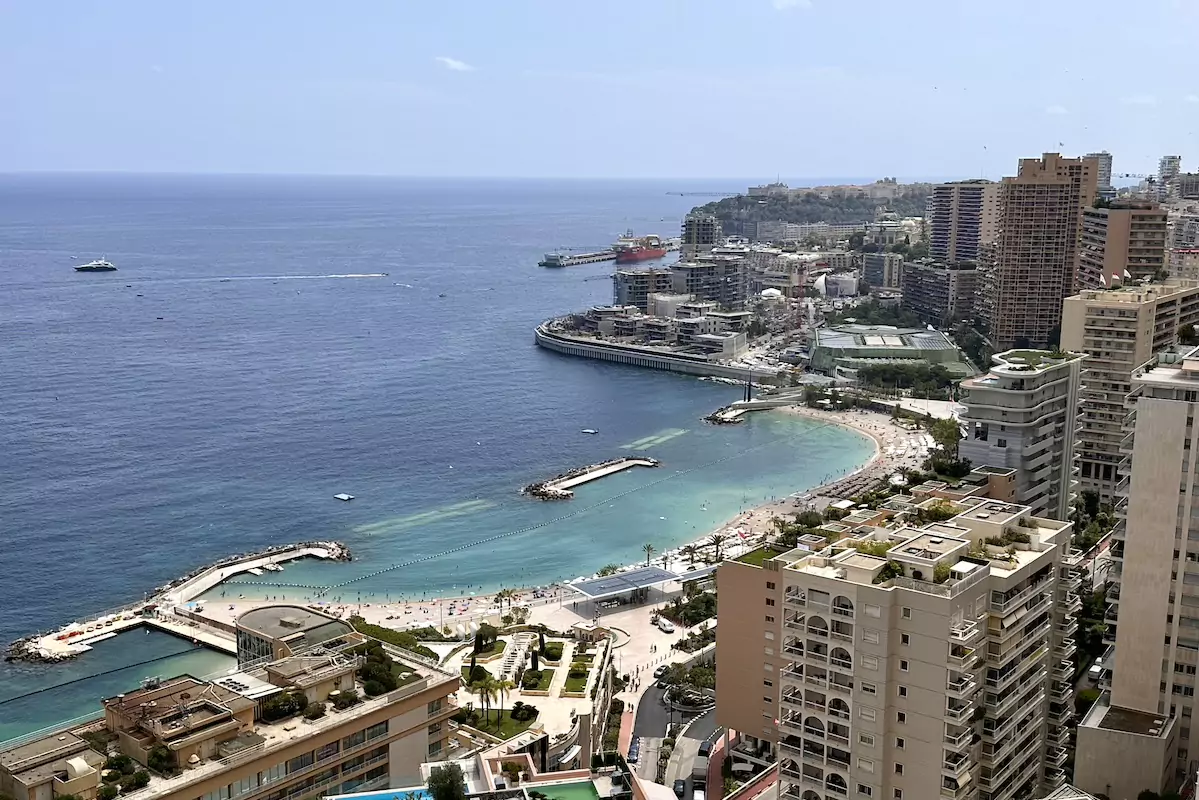
LARVOTTO
It’s hard to imagine Monaco without Larvotto Beach, but until the late 1950s, it was little more than a stretch of rugged coastline. Seeing the need for more housing and amenities if his nation was to continue to attract the kind of residents and clientele he wanted, Prince Rainier, who was quickly earning his later moniker of the ‘Builder Prince’, embarked upon an audacious plan.
Between 1954 and 1961, the government’s Larvotto reclamation project added an impressive 54,000m2 to the country’s eastern end and 35,000m2 to the Portier section, which is now merging with the Mareterra development.
The project included the creation of the large artificial beach that is still enjoyed today, as well as the future sites of the Grimaldi Forum, Le Sporting and the Auditorium Rainier III.
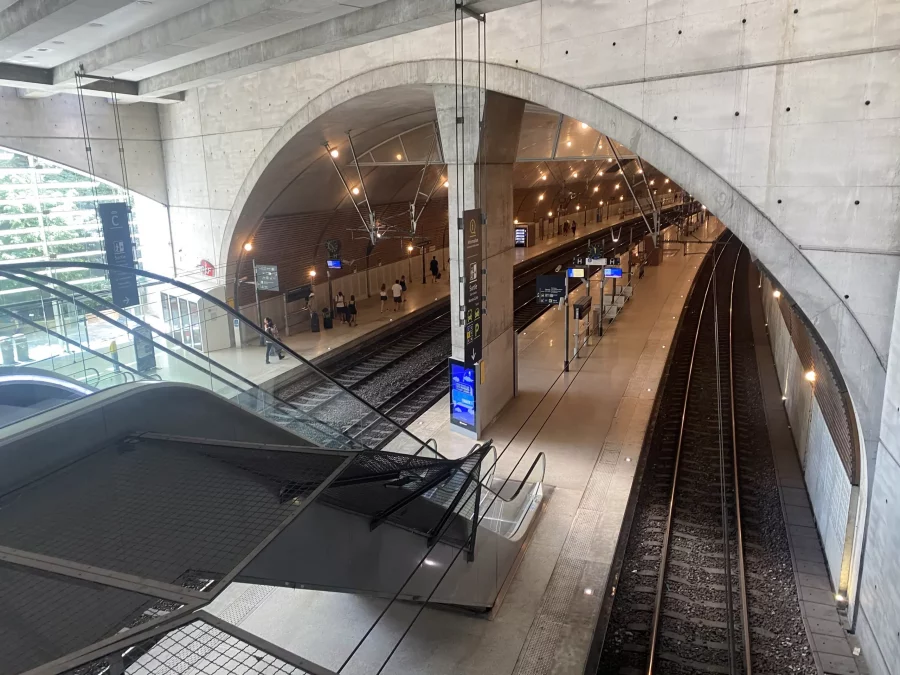
UNDERGROUND RAILWAY
A smaller, but still significant recapturing of space came when Prince Rainier and his minister of state, Jacques Rueff, decided to take the railway connecting Monaco with the rest of the Riviera underground.
See more: ‘The Prince’s Vision’: the tale of Rainier III and his First Minister Jacques Rueff
Digging began in 1954 and was completed in 1964. In a speech officially opening the new track, Prince Rainier told the crowd gathered: “The tunnelling of the railway was an absolute necessity if we wanted to trigger and carry out major urbanisation and development operations in the various districts of the Principality.”
Three decades later and Prince Rainier had fully realised his dream for the travel network, with the completion of the train station below ground in 1999.
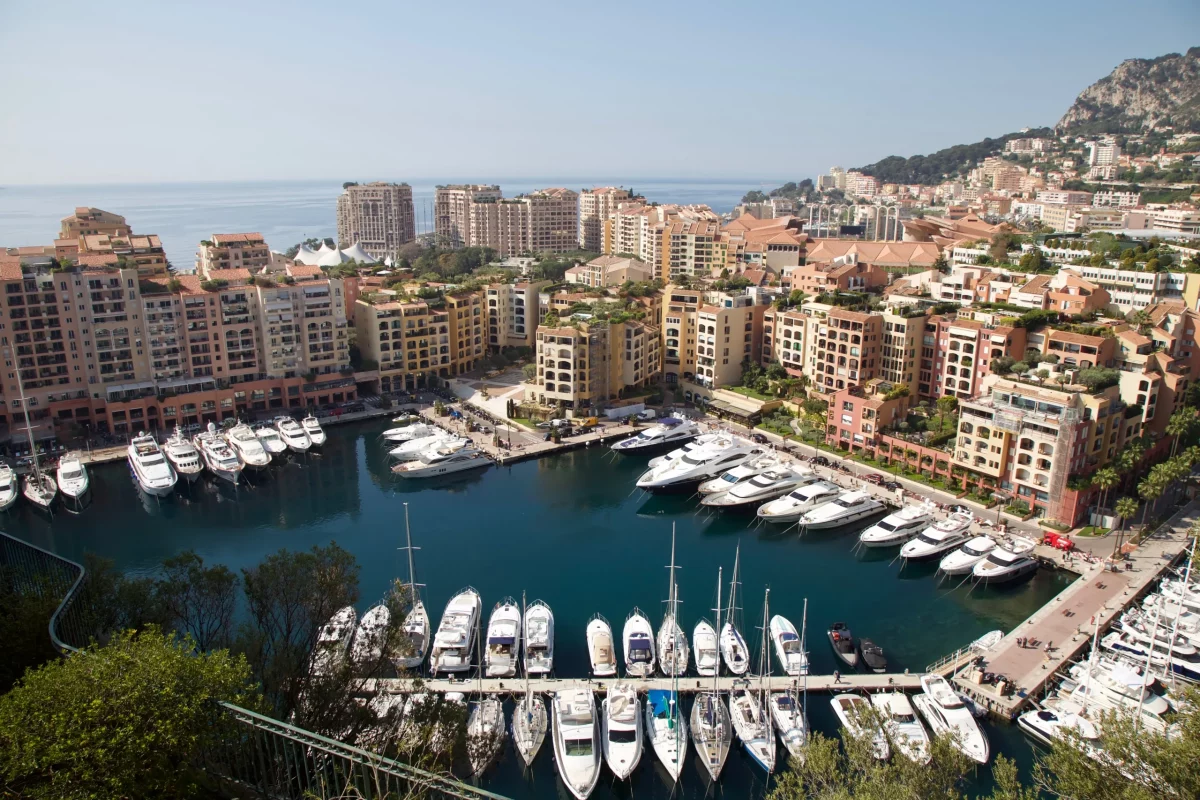
FONTVIEILLE
Almost immediately after the Larvotto district was finished, Prince Rainier’s eye drifted to the west of the Principality: the neighbourhood we now know as Fontvieille.
This was to be another land reclamation project on the coast, but there were some considerable challenges facing the Prince and his engineers as here, unlike in Larvotto, the seafloor fell to a depth of up to 40 metres.
In 1965, a pioneering French-Italian-Swiss group called SADIM began cleverly constructing dykes to contain the sea and then the interior space was drained. The project, which was completed in 1971, created over 220,000m2 of usable land and a 55,000m2 marina, which was all protected from storms and swell by a vast one-kilometre seawall.
The new district not only gave Monaco a massive canvas for constructing new housing, but it also gave the Principality the opportunity to bolster its economic activity. The quartier became home to the Fontvieille Shopping Centre, the Stade Louis II and numerous businesses and hotels. Today it continues to be the economic hub of Monaco.
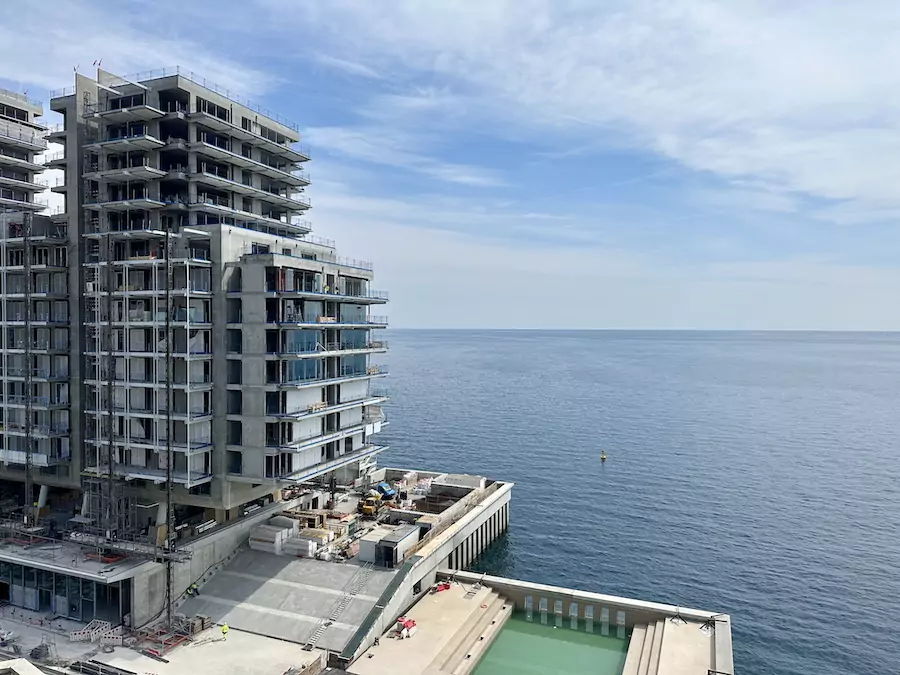
MARETERRA
Fast-forward to today and the Principality is on the cusp of completing Prince Albert II’s own great land reclamation scheme, Mareterra. When finished in 2024, it will increase Monaco’s size by 3%, adding nearly six crucial hectares of terrain to the nation.
Mareterra will be, according to the developers, “A largely pedestrianised district that encompasses a lushly planted park, an elegant waterfront promenade, a small port, underground parking and both residential and retail offerings.”
It is also to be wildly eco-friendly in design and construction to add to the cool quotient.
Read more:
The mighty Mareterra to become a reality sooner than expected
Join the Monaco Life community – the largest English media in the Principality.
Sign up for the Monaco Life newsletter, and follow us on Facebook, Instagram and LinkedIn.
Main photo by Monaco Life
